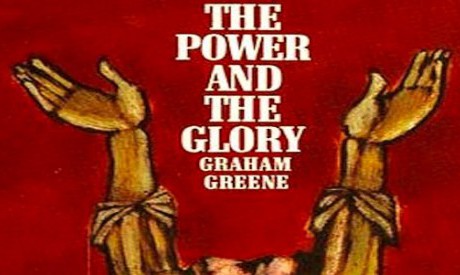In the world of Graham Greene’s 1940 novel, The Power and the Glory, it’s a bad time to be a Catholic.
The book’s hero is an unnamed priest on the run from Mexican authorities after a state governor has ordered the military to dismantle all vestiges of the religion. Churches are burned. Relics, medals, and crosses are banned. The price for disobedience is death.
While many clerics give up their beliefs and accept their government pensions, the unnamed priest travels in secret, celebrating Mass and hearing confessions under the cover of night.
Yet he’s also a gluttonous, stubborn, and angry man drowning in vices, and the religious ambition of his earlier years has been replaced with a constant desire to drink, hence Greene’s term for him: the “whiskey priest.” Tired of risking his life, the priest even prays to be caught.
A violent, raw novel about suffering, strained faith, and ultimate redemption, The Power and the Glory received literary acclaim—but not without catching the attention of Catholic censors, who called the book “sad” and denounced its “immoral” protagonist.
Despite—or even because of—this vexed history, Greene’s novel is the perfect book to read during the season of Lent, which began Wednesday.
Stereotypically a time for modern Christians to abstain from Facebook or chocolate or alcohol, Lent is the most dramatic time of the liturgical year—40 days of prayer, fasting, and cleaning one’s spiritual house, in hopes that honesty might lead to penance and good deeds.
One vision of Lent emphasizes transcendence over struggle: the American Catholic writer Thomas Merton called it “not a season of punishment so much as one of healing.”
But Greene’s dark novel and its deeply flawed protagonist offer a richer way to think of faith and self-reflection—one that average Christians might find more accessible and realistic than romantic narratives about belief. Continue reading
Sources
- The Atlantic, the beginning of an article by Nick Ripatrizone, is a staff writer at The Millions.
- Image: 101 Books
